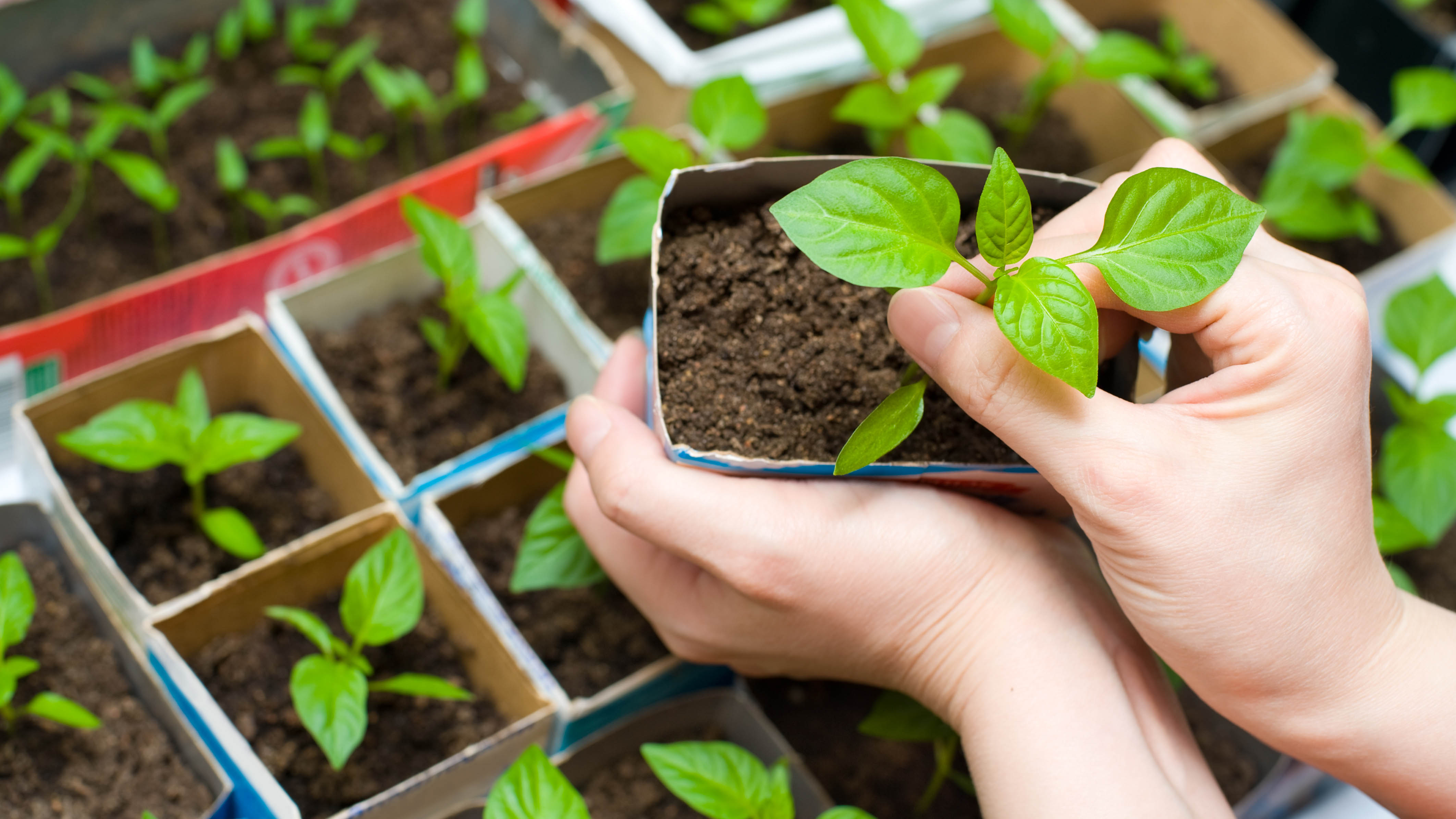
If you spend a lot of time in your yard, you’ll know firsthand how important and meaningful it is to take care of the outdoors. And while sustainability is a keyword for consumers and companies alike, it's also relevant to gardeners.
Instead of throwing out those old, cardboard boxes, you'll be surprised to know that you could repurpose this in your yard. Not only is this beneficial to the environment, it can help you achieve your garden goals too. Here's how.
1. Preparing Garden Beds
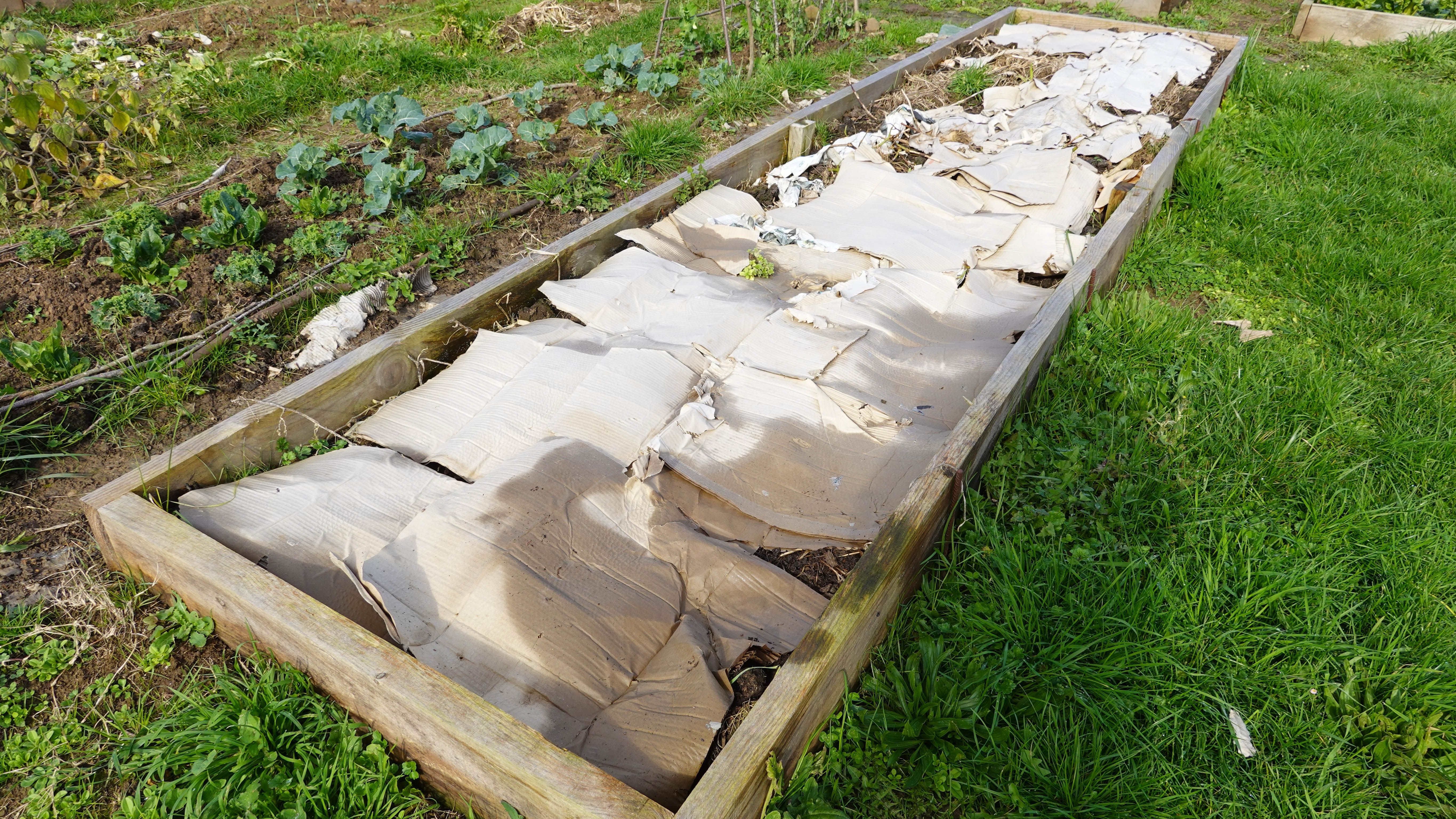
Getting your garden beds ready for planting can involve a lot of work. If a bed has been dormant or never planted before, there’s a good chance that the area will be covered in weeds and unwanted grass, while the soil will be compact. To remedy this in the most hands-off way possible, you’ll want to use your cardboard. First, remove any large rocks or stones that may get in the way of planting come the spring. Then, take your cardboard sheet and lay it over the garden bed in question. Make sure to pour enough water over the top to dampen the material, to encourage biodegradation and also weigh it down; you may also want to place rocks in the corners to help pin the board in place. Then, simply wait.
When spring rolls around, you’ll find that the cardboard will have decomposed into the soil, but also that the sheet will have smothered the growth of any potential weeds or grass. This will leave a patch of soil that is healthy and ready for planting, once you’ve lightly tilled the soil. The cardboard does the work of removing the unwanted weeds and grass, without leaving behind any nasty chemicals. You can also cover this top layer of cardboard with additional mulch or compost for a particularly nutrient-rich soil.
2. Clearing Garden Paths
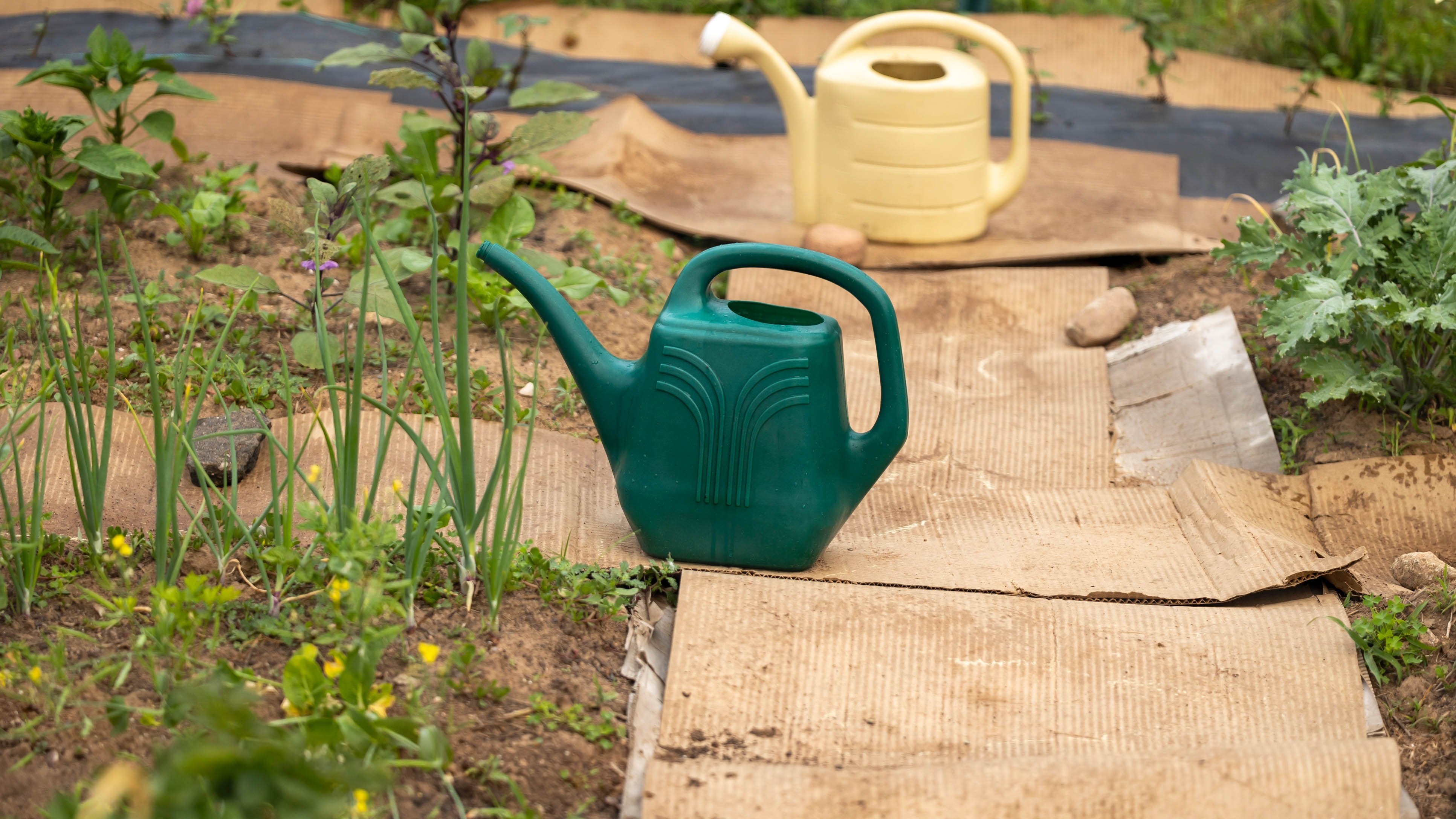
Cardboard’s effectiveness at killing weeds can also extend to the ones that pop up through the cracks of garden paths. While it’s not the most attractive method, it is definitely the most convenient way to avoid weed-ridden paths and set yourself up for success during the colder months.
As with the garden beds, all you need to do is lay the sheets of cardboard over the path you want to build, dampen them with water and make sure to weigh them down with paving stones. Since the material will break down over time, you can leave it and forget it during the months when you’re not likely to spend much time outdoors. Meanwhile, the cardboard will be preventing weeds from growing so that the path is pristine during the spring. You may also find that the boards kill other unwanted pests or organisms that are around.
3. Stalk and Stem Protectors
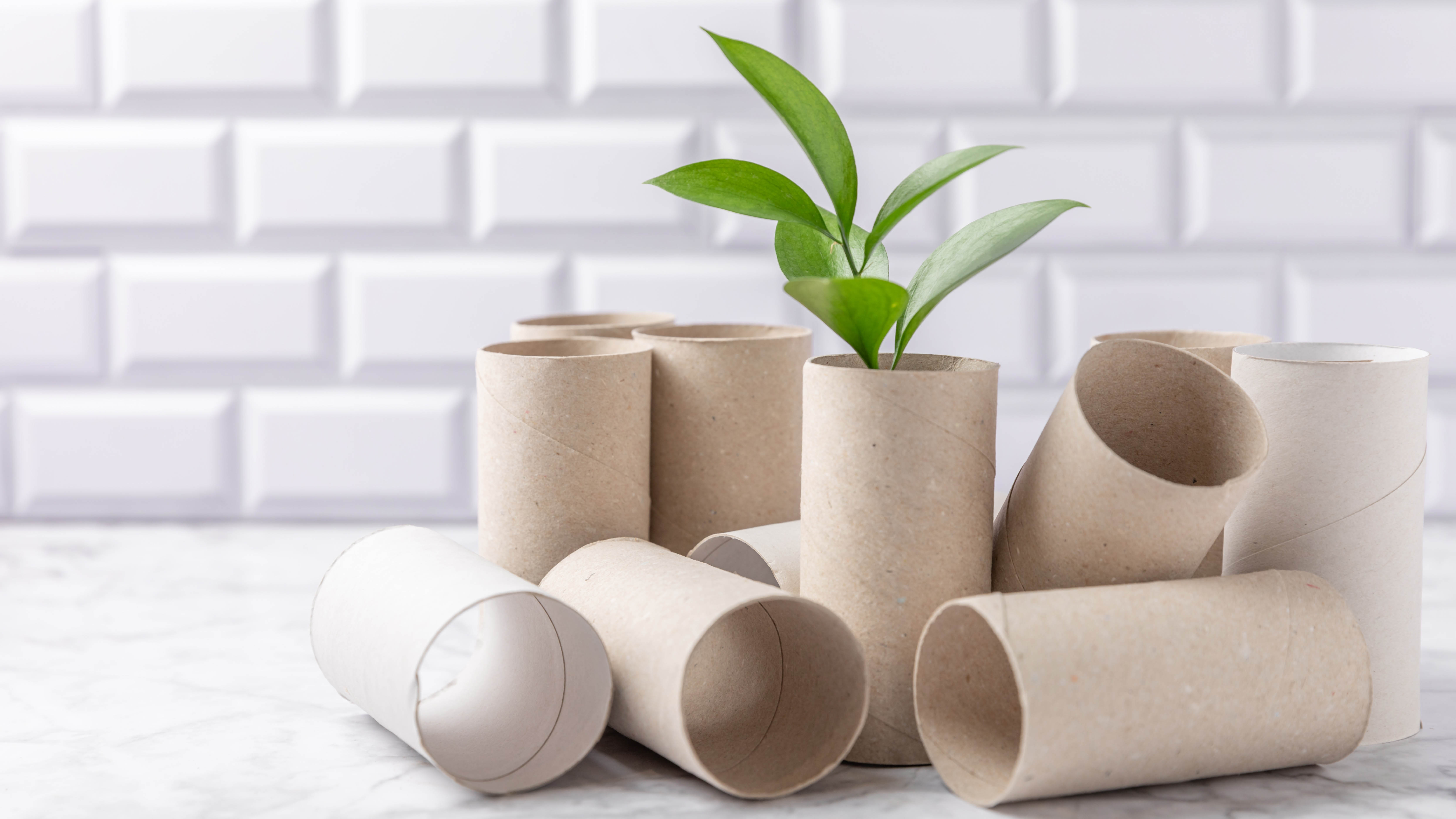
Cardboard isn’t only found in box form. One of the most commonplace forms of cardboard is the humble toilet roll – and these rolls can also have a second lease of life, once their paper has run out. In this scenario, you’ll want to take advantage of the roll’s shape and use it to protect the stalks and stems of young or vulnerable plants in your garden.
To do this, simply cut up one side, wrap the roll around the plant and then tape or wedge the roll back in place. While these rolls won’t degrade in the same way as the cardboard sheets, they form an all-natural and protective barrier between the plant and any hungry pests. As they will lay low to the ground, they are best at protecting smaller plants and preventing bugs that crawl up form the soil or along the ground. Over time, the growth of the plant should hide these contraptions from view – or you can simply cut and remove them once they’re no longer needed.
4. Composting
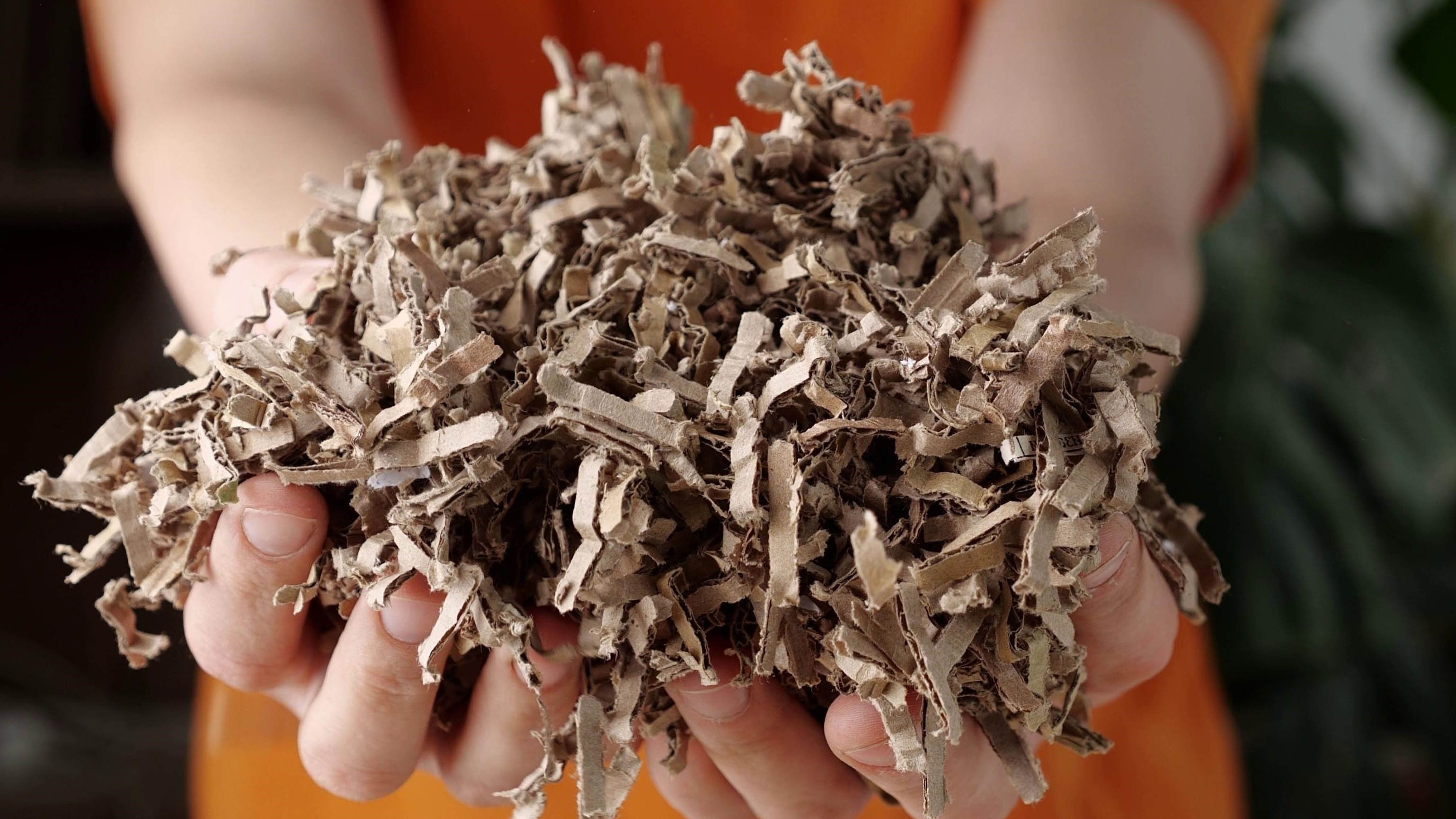
You may think of compost as being full of kitchen scraps and other green matter, but this isn’t entirely true. While you can and should enrich your compost with these materials, you actually want to ensure that the overall makeup of the compost is dominated by brown matter.
Brown matter refers to materials like sticks, leaves – and paper, which means your cardboard is the perfect ingredient. If you have a lot of cardboard lying around then even better, as compost should really have a ratio of 25 brown matter parts to every part of green matter. As it decomposes, it’ll add a lot of important nutrients to the profile of the compost, which will in turn make for a more effective growth agent.
Some people like to make a compost pile within a cardboard structure, which will degrade over time and contribute to the compost inside it. However, you can also use a regular compost bin and simply tear the board up into smaller pieces, to aid decomposition.
5. Container Gardening
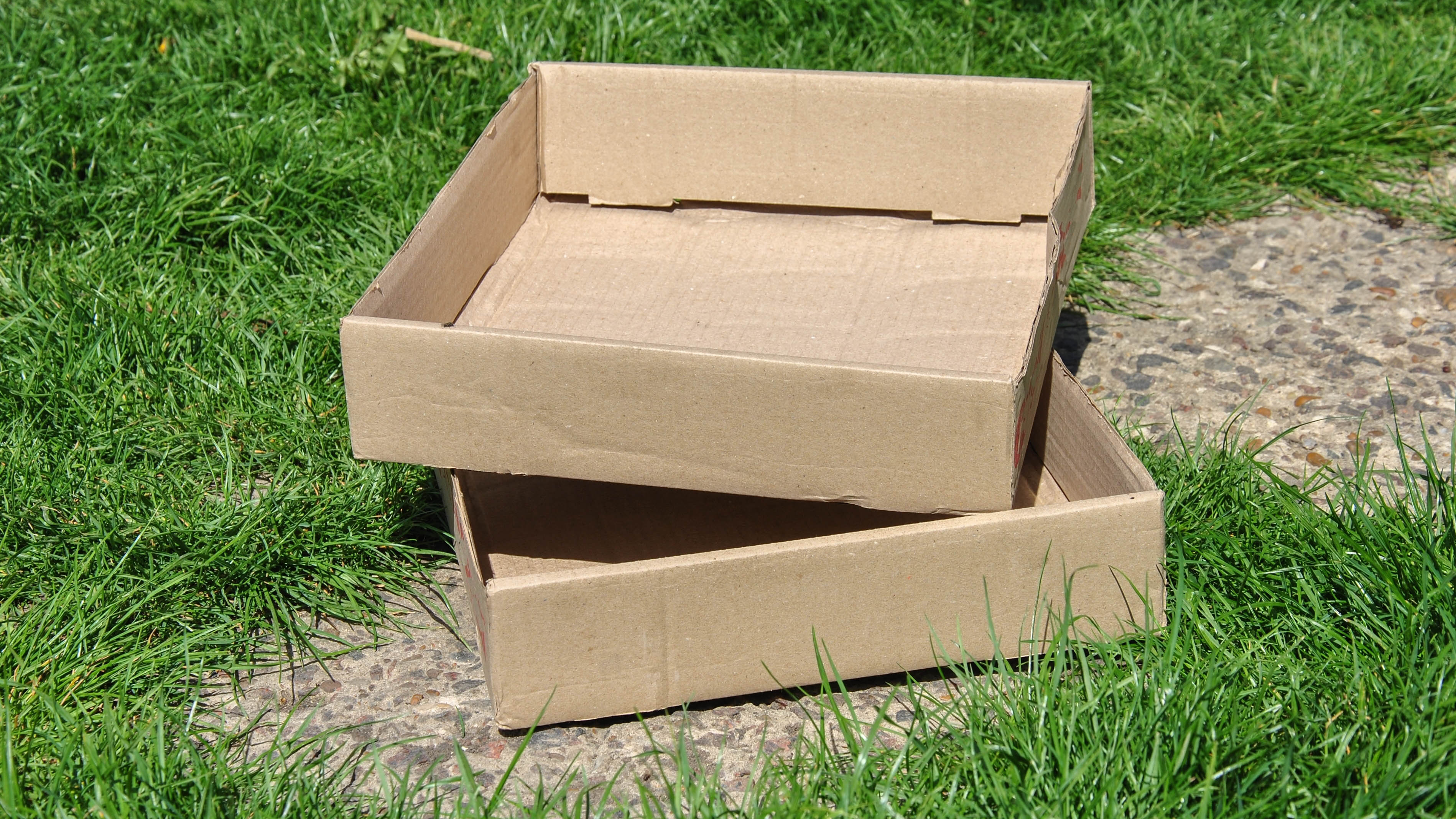
While cardboard is prized by gardeners for its ability to break down harmlessly, it can also provide useful structure in an affordable, sustainable way. If you don’t have any containers available or need a particular size that is hard to track down, you can repurpose your cardboard sheets into a container for plants. Even if you’re looking for something fairly standard, cardboard can be a cheaper and more accessible option than one of the traditional containers available at garden centers. And it works better than you might think.
To use a cardboard container, all you need to do is ensure that the sides are secured in a way that will hold the soil inside. You may want to line the interior with a plastic bag that has drainage holes, to keep the material from getting too soggy, but this isn’t always necessary. If you notice that the container is getting a little worn or is sagging over time, you can use tape to help reinforce the sides. And remember: as the plants grow, they will hide the container anyway and so the worn look won’t be as noticeable – or noticeable at all. You may think that the cardboard won’t be able to survive the whole season, especially as the textile is valued for degrading in other conditions. However, many gardeners report this to be an effective and affordable method.
6. General Weed Prevention
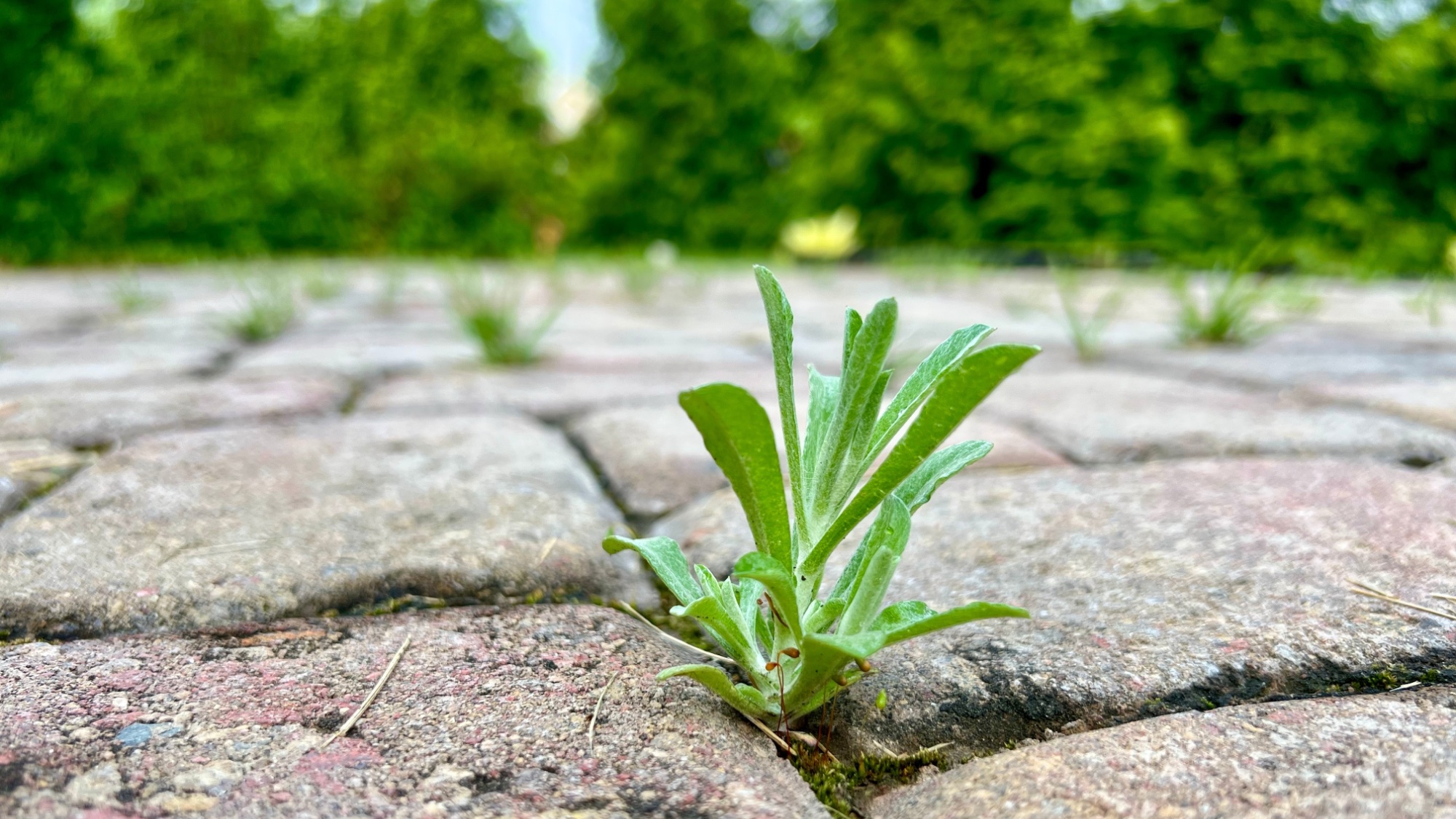
Cardboard isn’t just useful in between seasons or for juvenile plants. It’s as effective at preventing weeds around more established plants throughout the season, since it works by keeping the weeds from growing up through the soil; the age of the plant and the time of year are irrelevant. Use this to your advantage by placing smaller panels of cardboard around the base of any plants or along any areas that are prone to weed infestations.
Again, it might not be the most attractive prevention method, but it is one that is 100% natural and non-toxic to the garden. It is also cost-effective and likely to be hidden from sight, since it lies flat against the soil. Should your plants grow too big and bushy for you to easily reach underneath, you can also relax in the knowledge that the cardboard will eventually decompose and return nutrients to the soil, without you needing to move any of the pieces.
7. Seed Starters

Cardboard has many useful attributes but the last one is its ability to retain moisture without breaking apart. You’ll notice this if you use the material for container boxes, but it’s a particularly useful trait when you are starting to grow seedlings. These tiny plants require a lot more moisture than their mature counterparts, which can be hard to achieve in warm weather.
Cardboard helps to keep your seedlings adequately watered by retaining moisture, without making the roots soggy or vulnerable to disease. The larger container allows you to keep the baby plants inside for longer, without confining the roots, and then you can simply carry the entire box outside without needing to repot the plants. Over time, the cardboard will break down, or you can simply reinforce with fresh supplies if you’re looking for more of a container structure.
Why cardboard makes a good resource
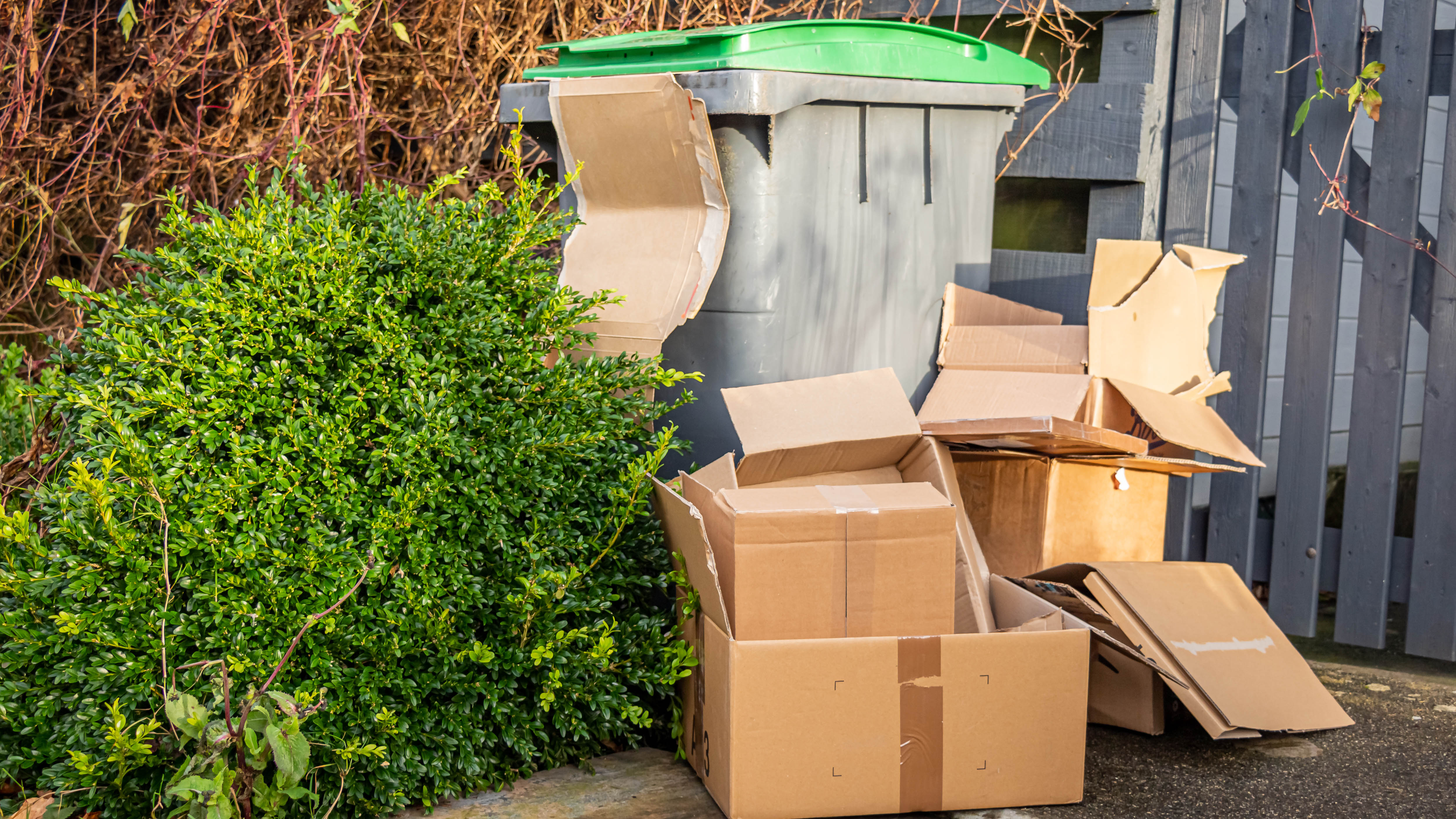
At its core, cardboard is simply paper. Paper that has been processed and constructed into a sturdier product. This means that it is fully biodegradable and can be left in the garden to decompose over time and return to the earth, with no negative impact to the environment. This also makes it a great tool for both short- and long-term projects in the garden, especially ones where you want to set up a temporary infrastructure and let it break down once its purpose is fulfilled.
The trick is to make sure you’re utilizing the right cardboard for your outdoor projects. If you plan to leave the board out there indefinitely, you want to be sure that the cardboard has no dyes, stickers, tape or other adornments that might not degrade fully. The paper tape with strings is acceptable, but all other tapes should be removed before you place the material in the garden. This ensures that no toxins or chemicals leach into the ground and that no local wildlife ends up consuming something unnatural and harmful.
Once you have your supply of plain cardboard, it’s time to put it to work. Fortunately, there are several ways you can give your cardboard boxes a second lease of life.







